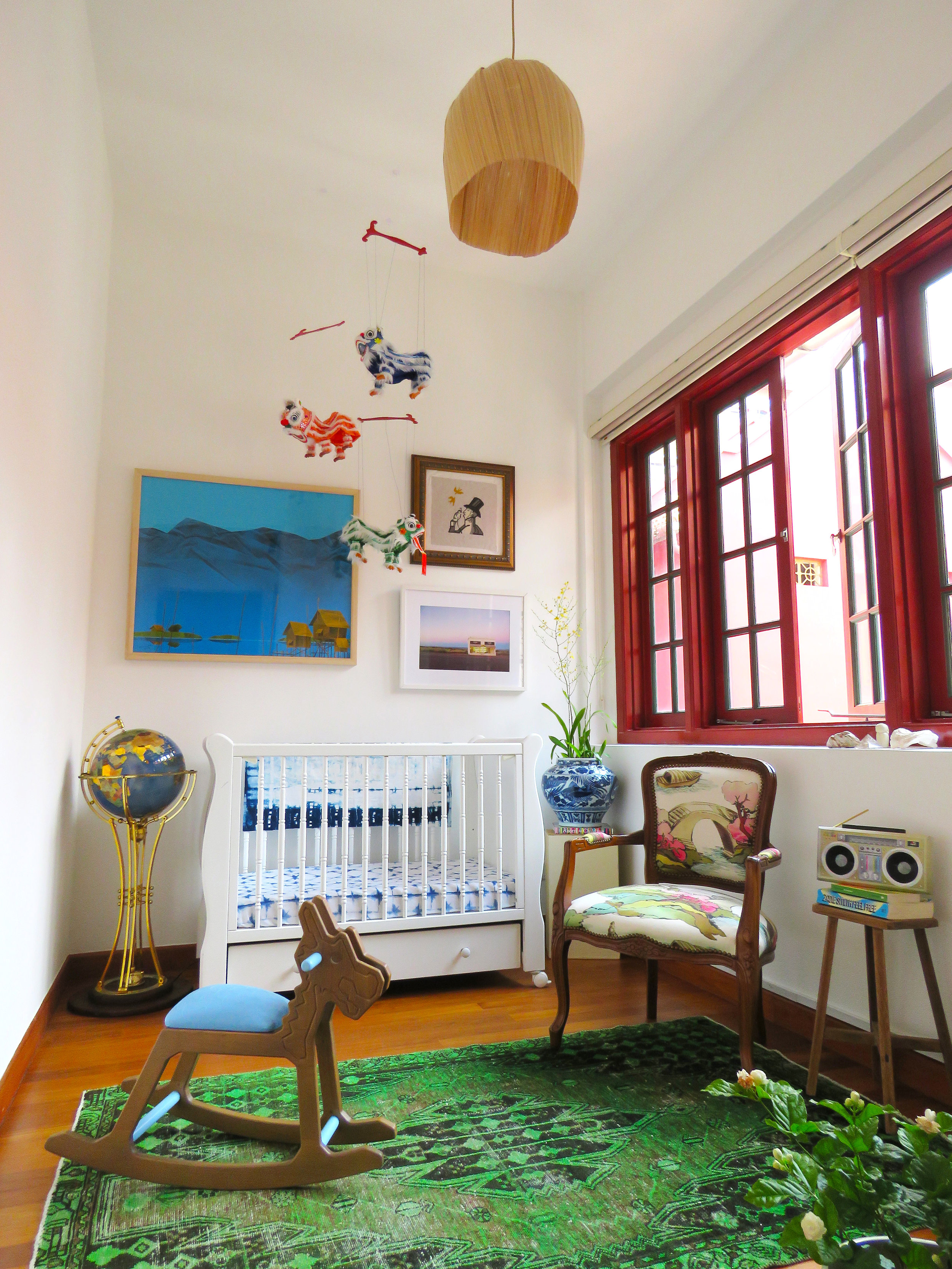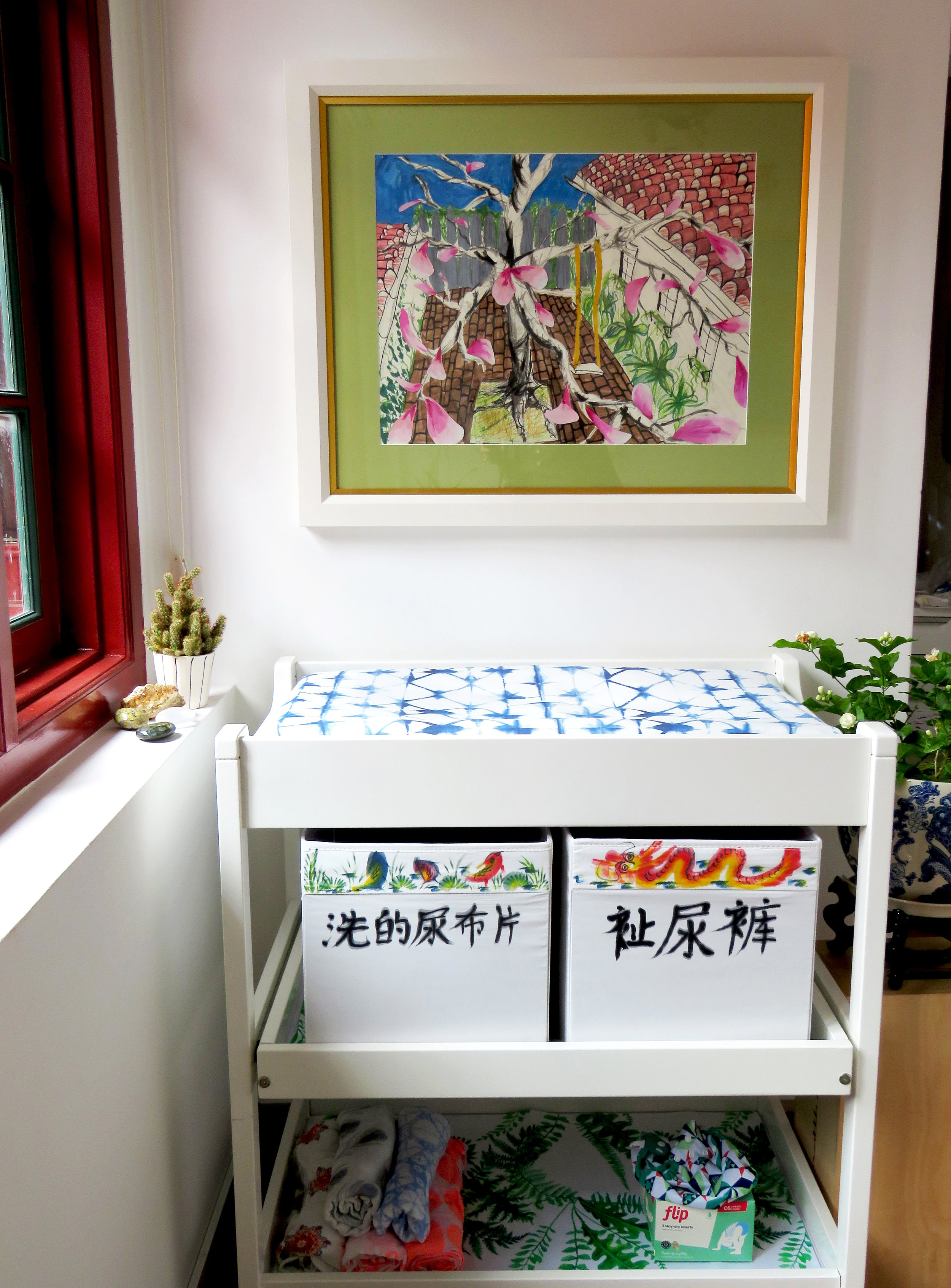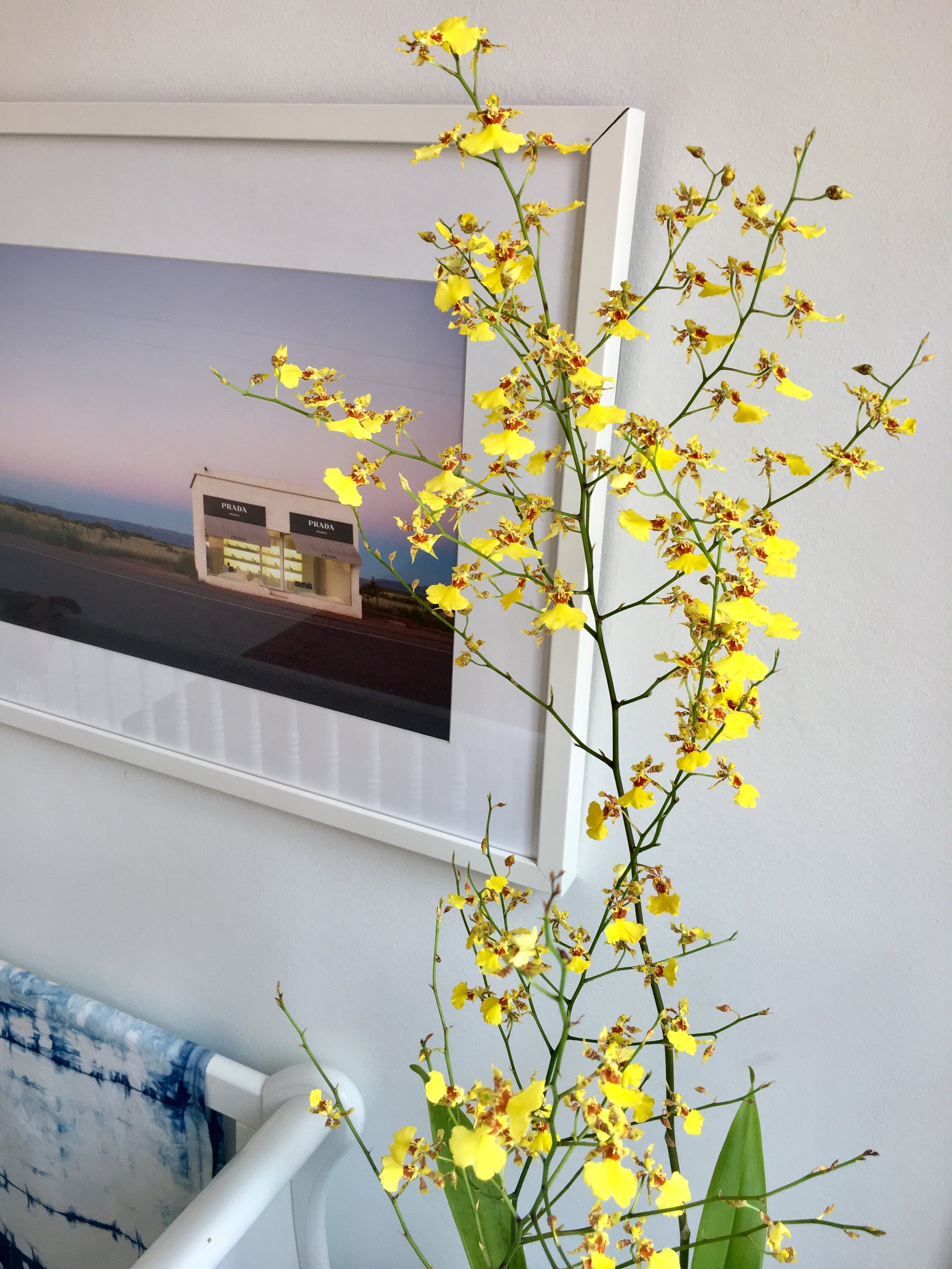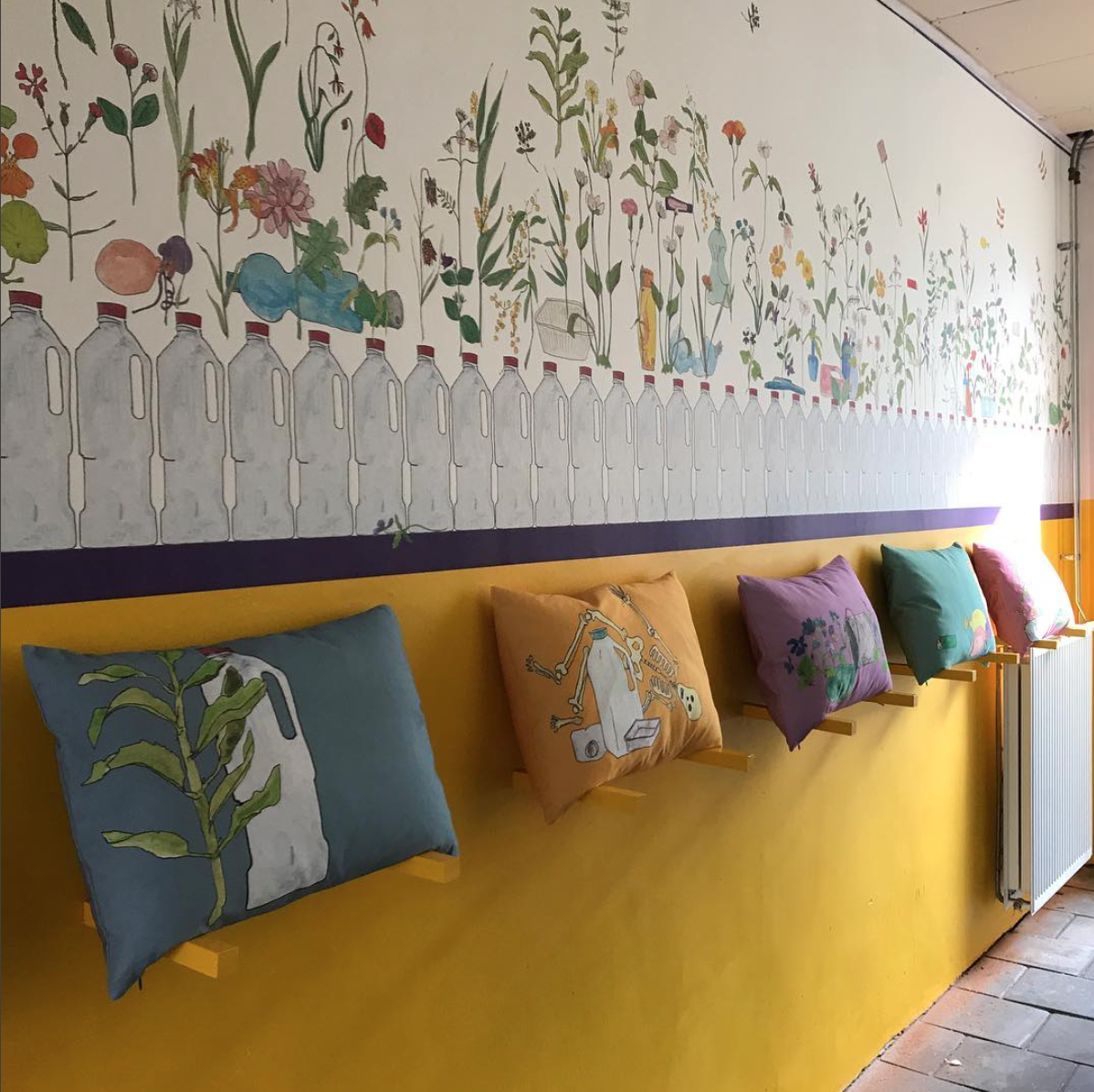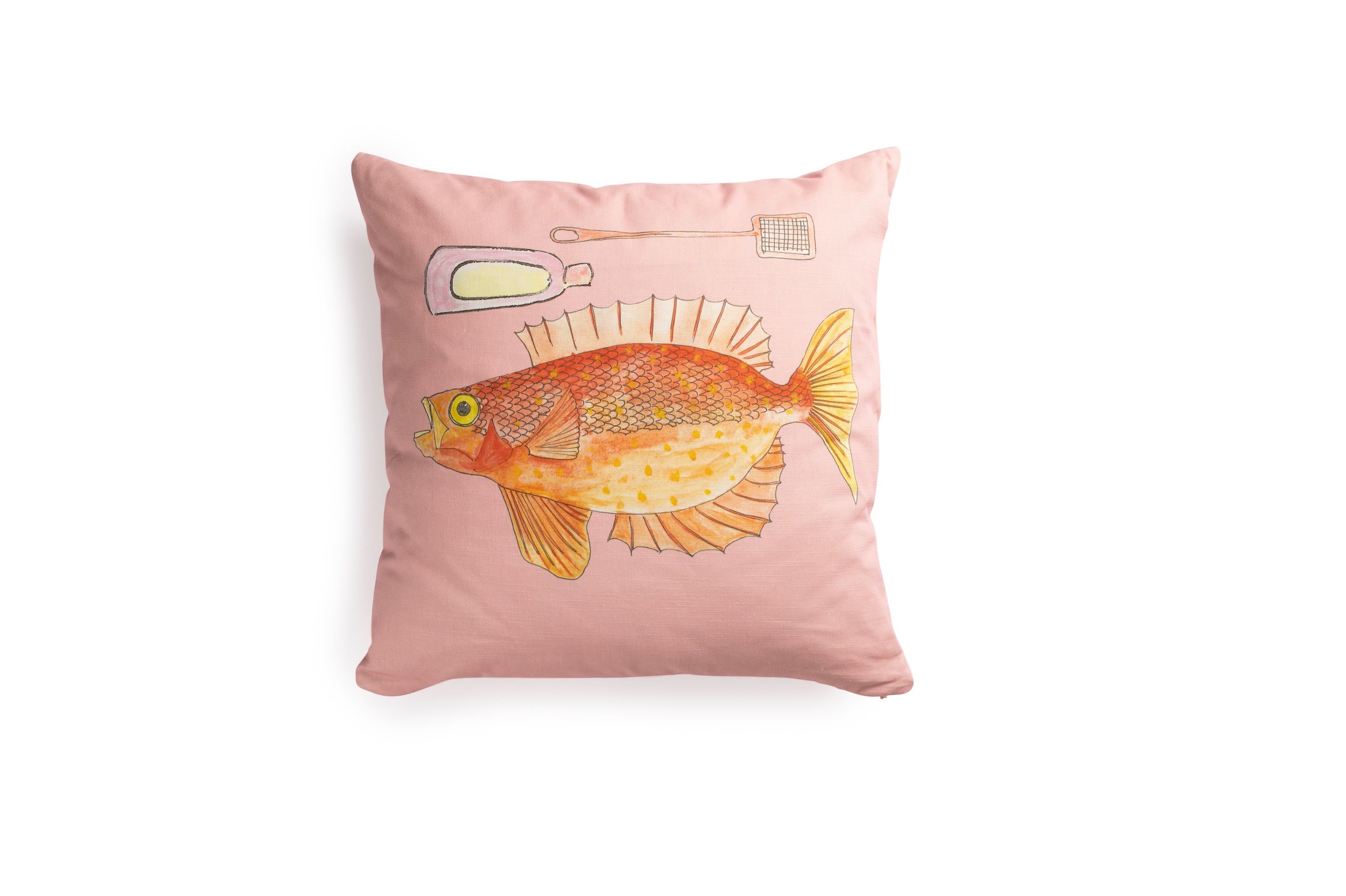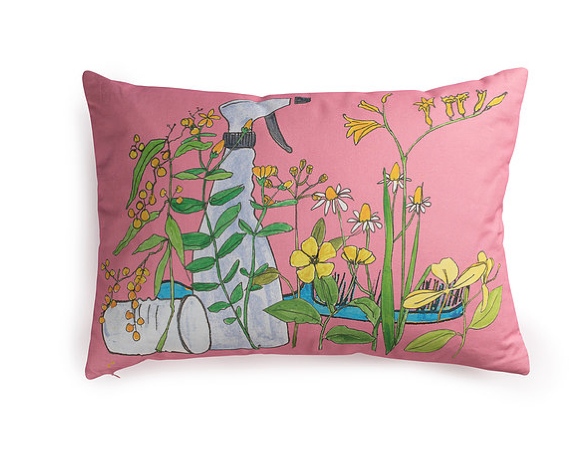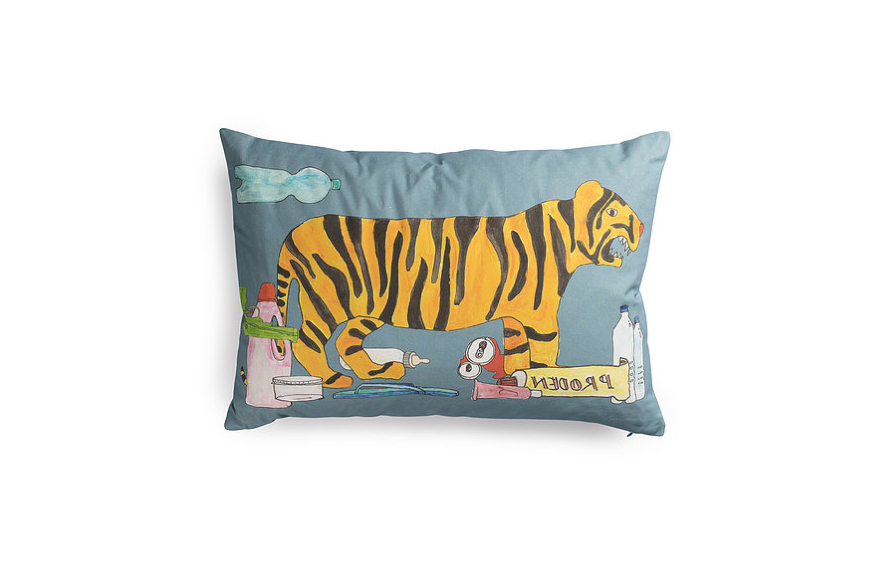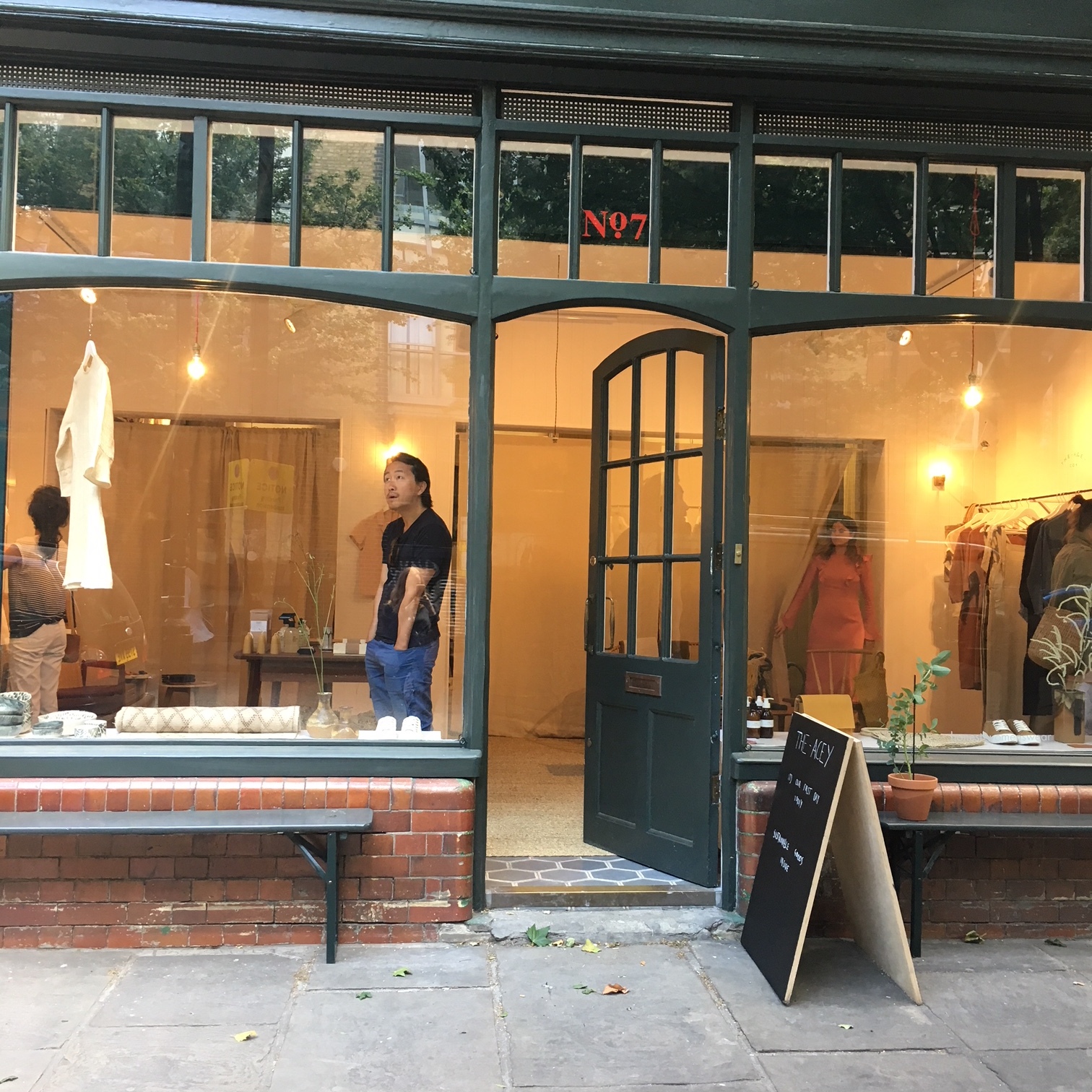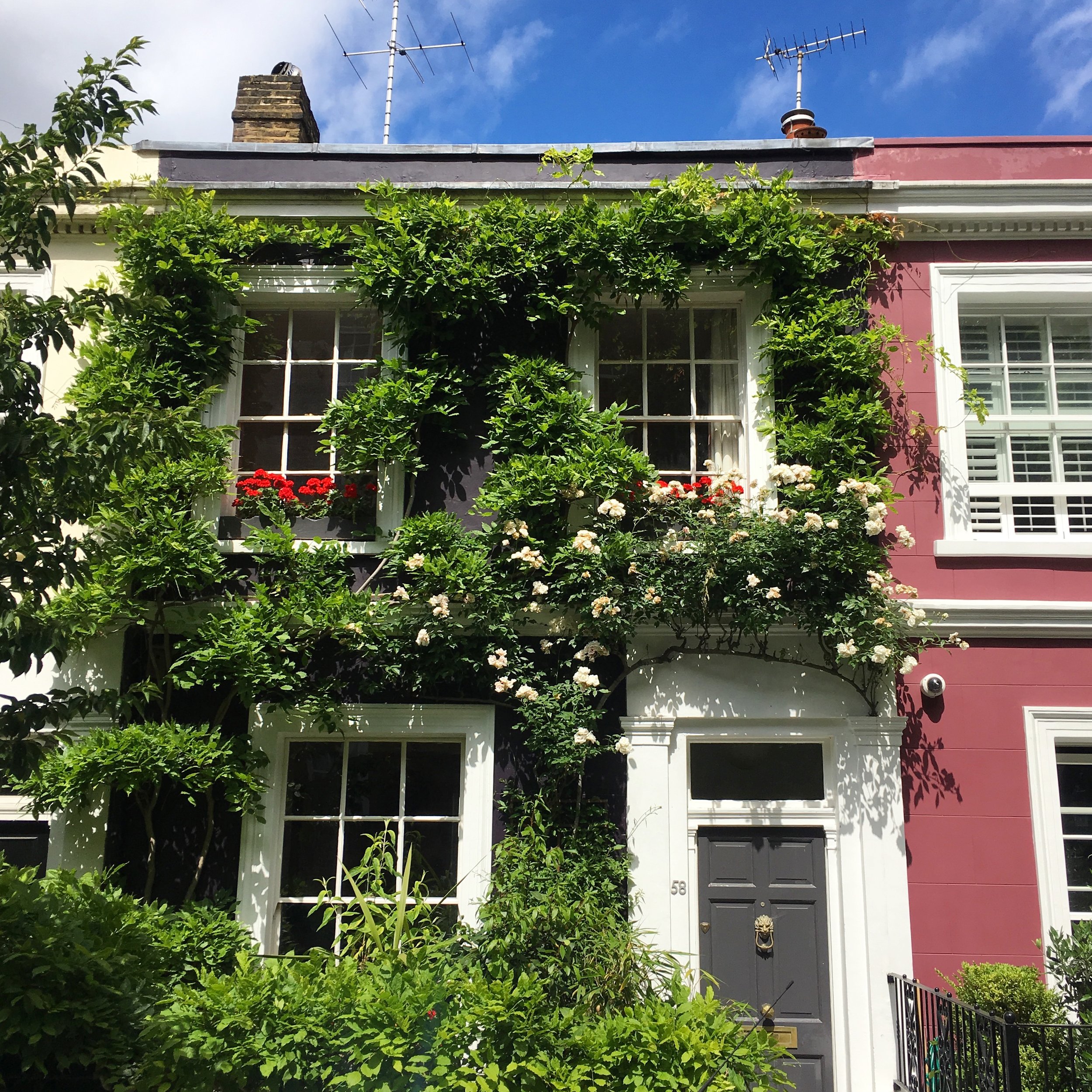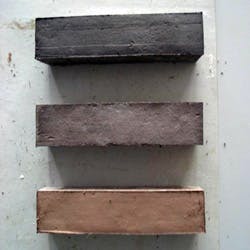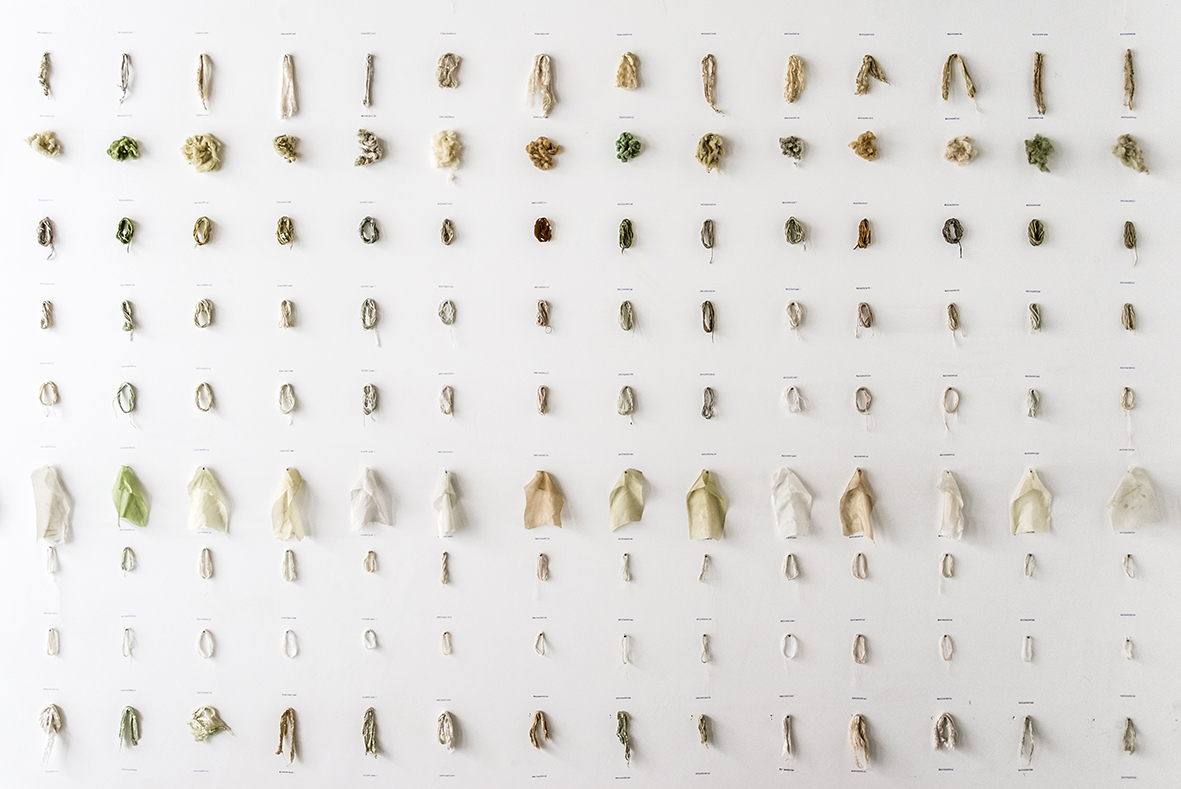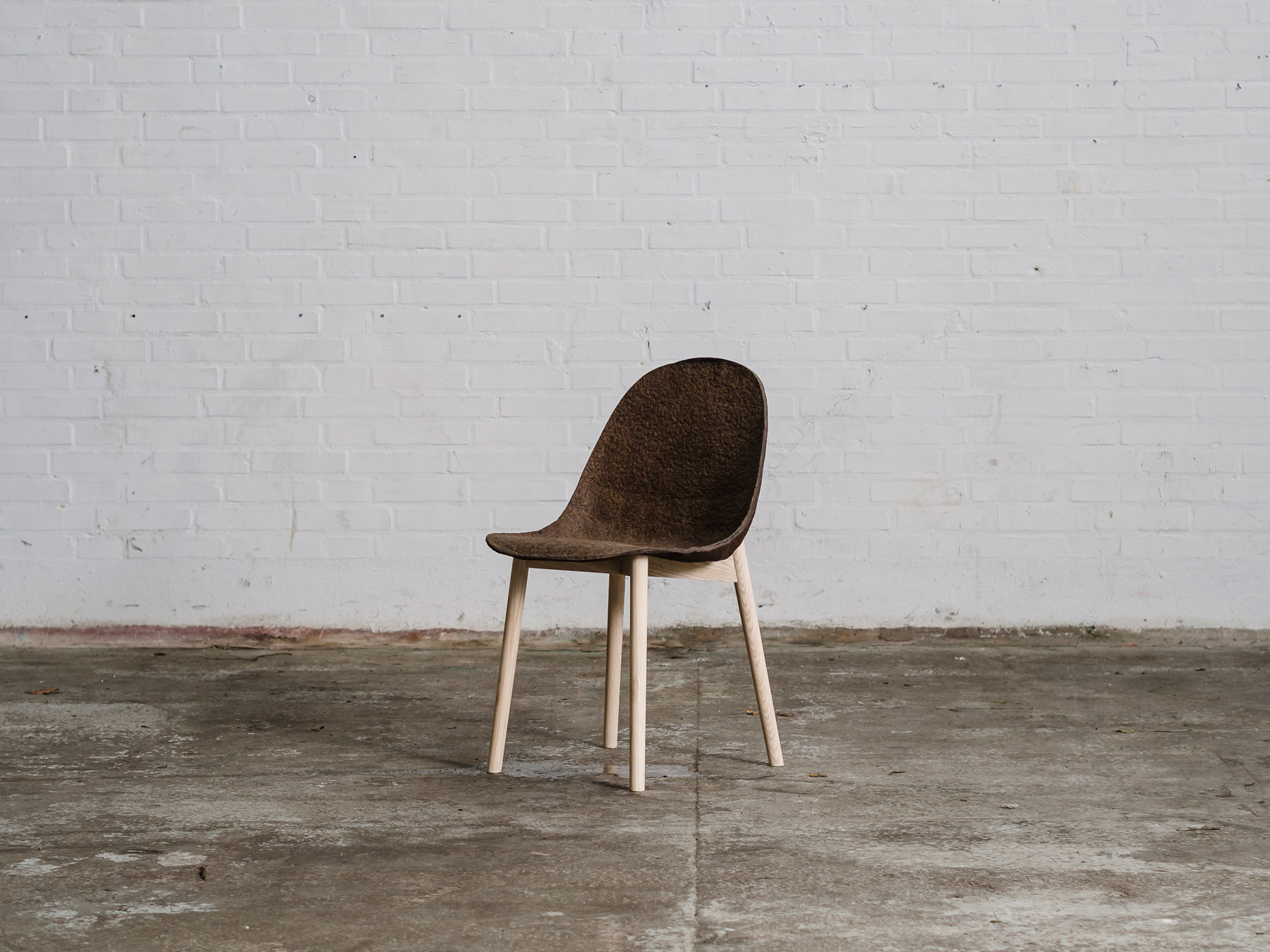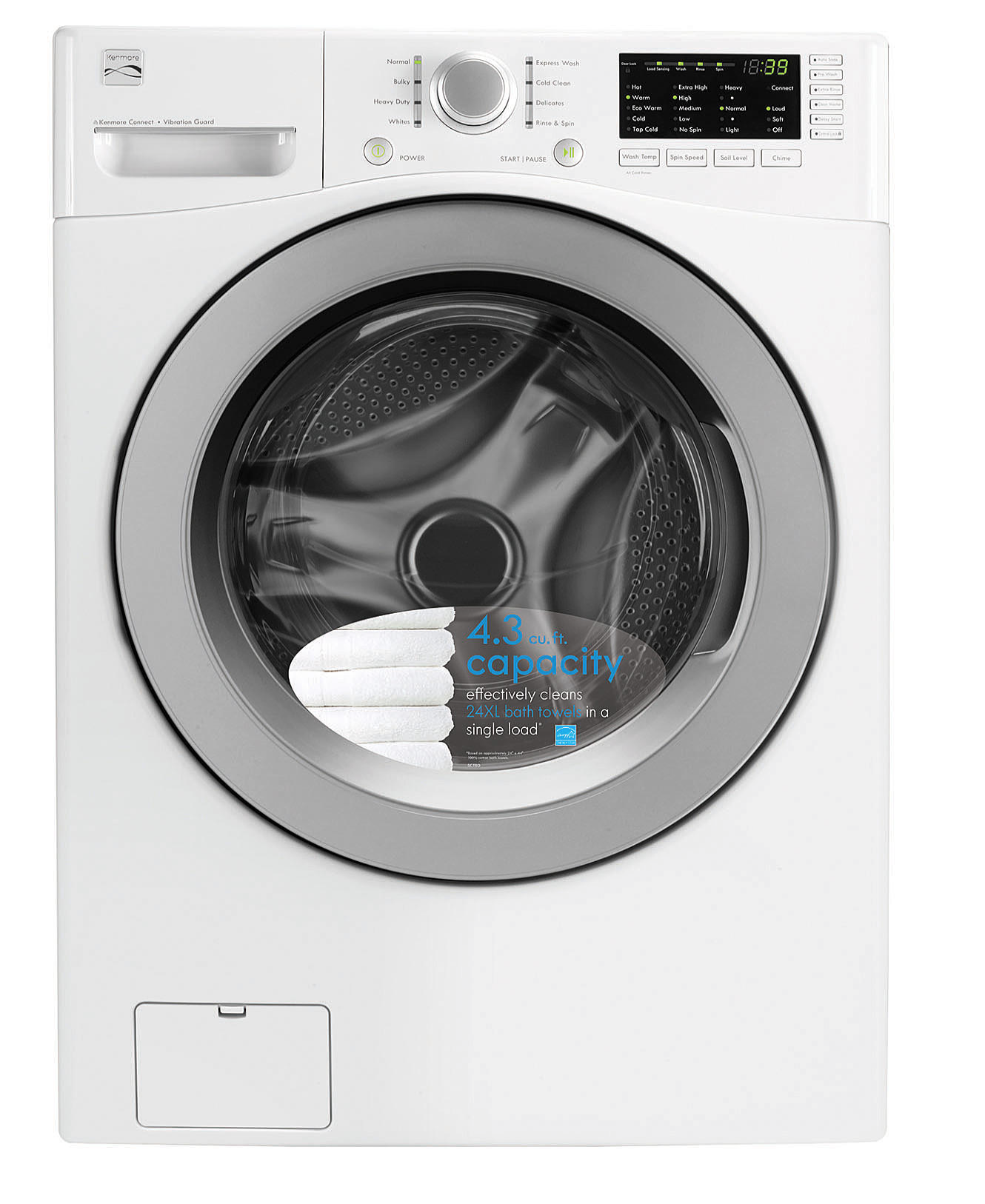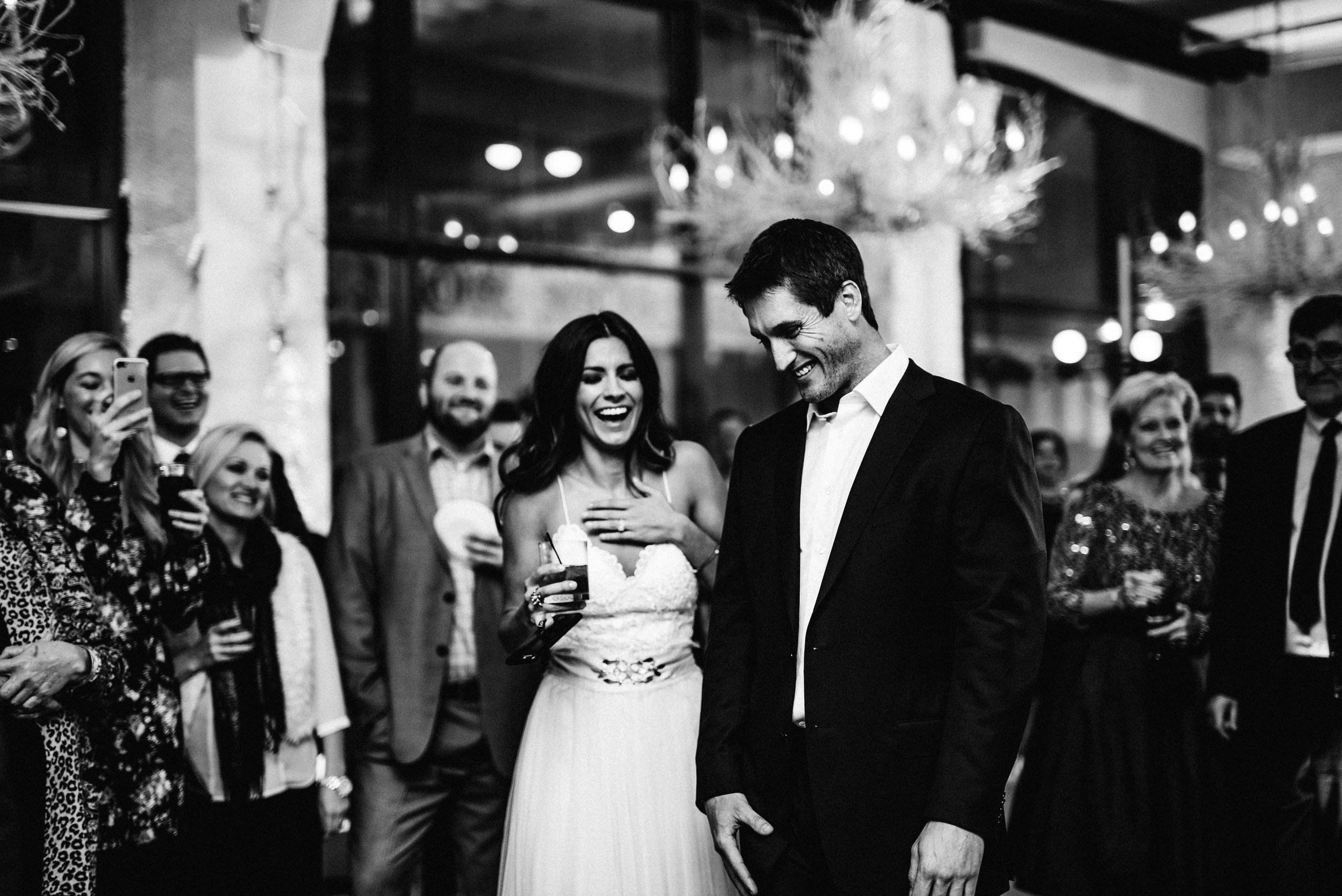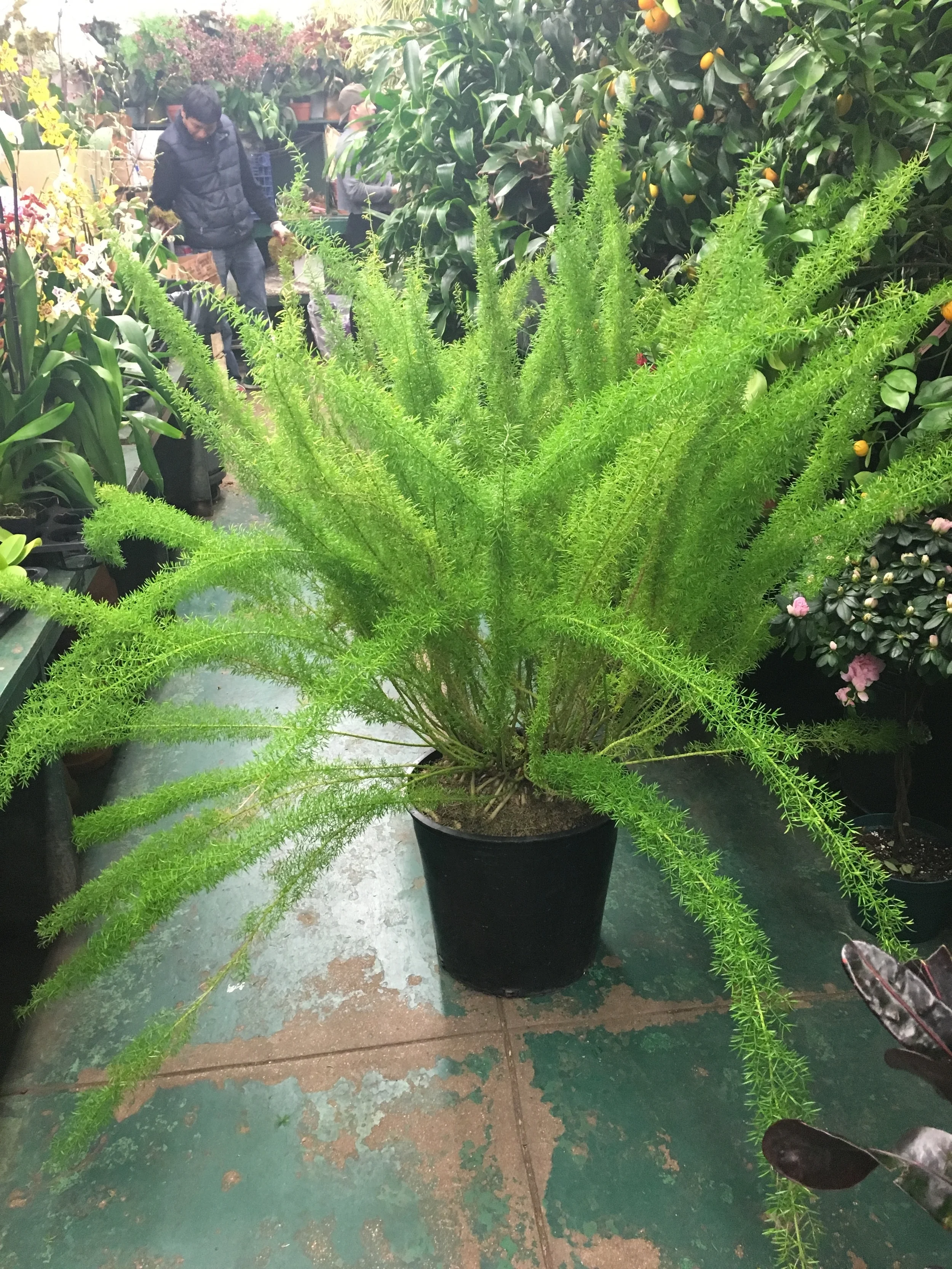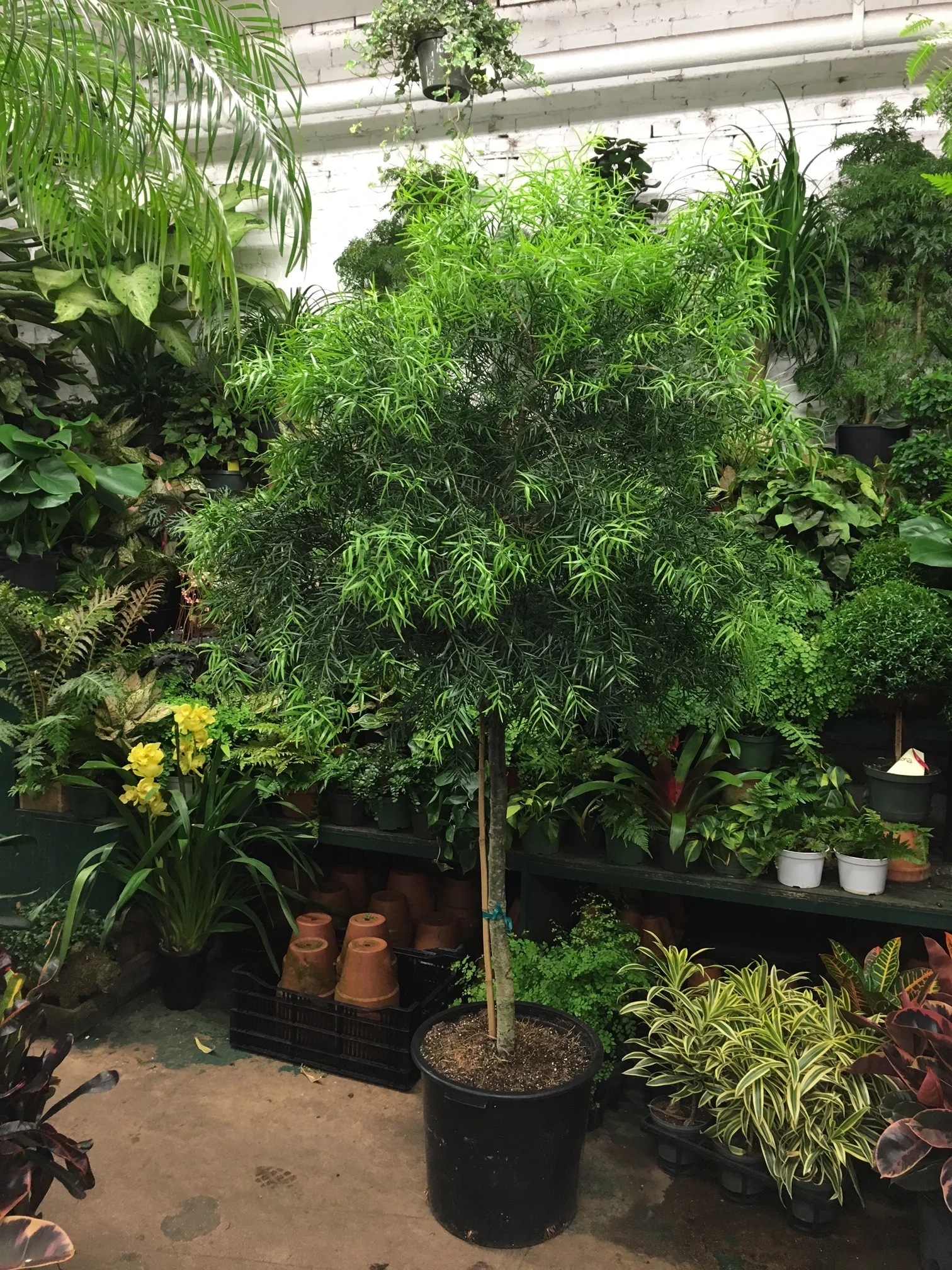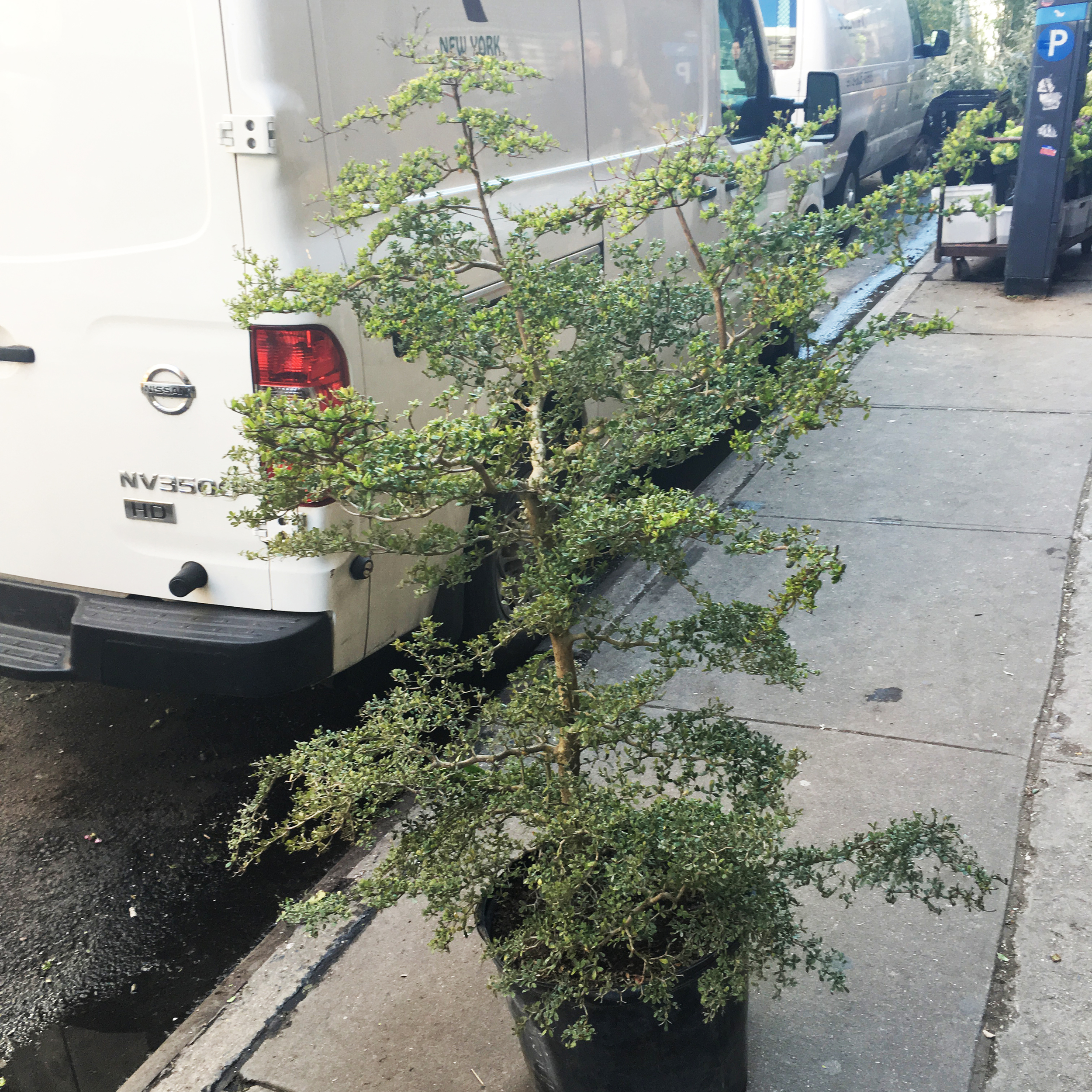We’re all guilty of it. Buying crap for our home we don’t need and then, after it’s too late to return, regretting it. Sometimes the purchase feels like it stems from an altered state or some deeply seeded coping mechanism that’s beyond our control. The lies we tell ourselves. There’s a lot of focus on decluttering our homes, but how do you prevent these unnecessary and unhealthy things from getting into your home in the first place?
As an interior designer, I find myself talking clients out of buying things as much as I advise them on what they should buy and invest in. I’m not an enabler ;). At times I’ve had to scold clients for buying things that were superfluous, environmentally toxic or just plain wrong for them and their home. Don't even get me started on the taxidermy elephant from Africa that supposedly "died of natural causes." Or the thing that looks just like the original at a ridiculously unbelievable price. If they don’t know it at the time, they'll eventually realize their bad decision.
Or will they?
Recently, I watched The Century of the Self, a British television documentary that came up at an event called "Mindfulness for Creatives" that I attended last month. The TV doc told the story of Edward Bernays. He was Sigmund Freud’s nephew, and he used Freud’s theories to teach corporations and advertising companies (even politicians) how to manipulate consumer behavior. His theory was that consumers are essentially brainless, merely slaves to the subconscious persuasion of their selfish desires. The idea is that our primitive desires can be manipulated and that we are not at all in control of what we buy.
Here are three questions to ask yourself before buying that shiny, new thing you just have to bring home—and that will help you snap out of those mindless impulses!
#1: “Do I really f**king need it? Why do I really need it?”
Without the expletive, you’re not seriously asking yourself the question.
#2: “Does it feed my inner spirit?"
If it does feed your spirit, let it be a valid thing that aligns with your values and enriches your life in an artful or intellectual way.
#3: "In the future, will others admire my reasons for buying this item into my world?"
Basically, is this object something that someone, somewhere down the line, will appreciate you supporting and perpetuating? When you buy, consider things for you and your home that are antique, vintage or innovative—well-designed or quality-crafted things made with materials that support your society, human beings and the environment.
We are all curators who collect things of our times into our homes, and we will eventually be judged by future generations. What will they think when they start digging into our archeological site? Could our habits become a posthumous embarrassment? Do you care?
We will buy the things that appeal most to our base emotional impulses. In a nutshell, that's what Edward Bernays believed.
But what if you could prove Edward Bernays wrong?
You can.
Be conscious.


